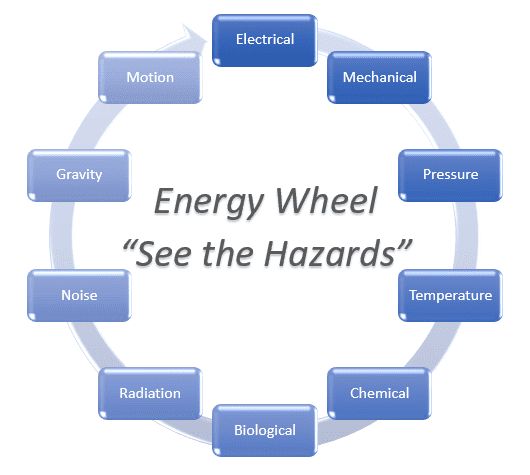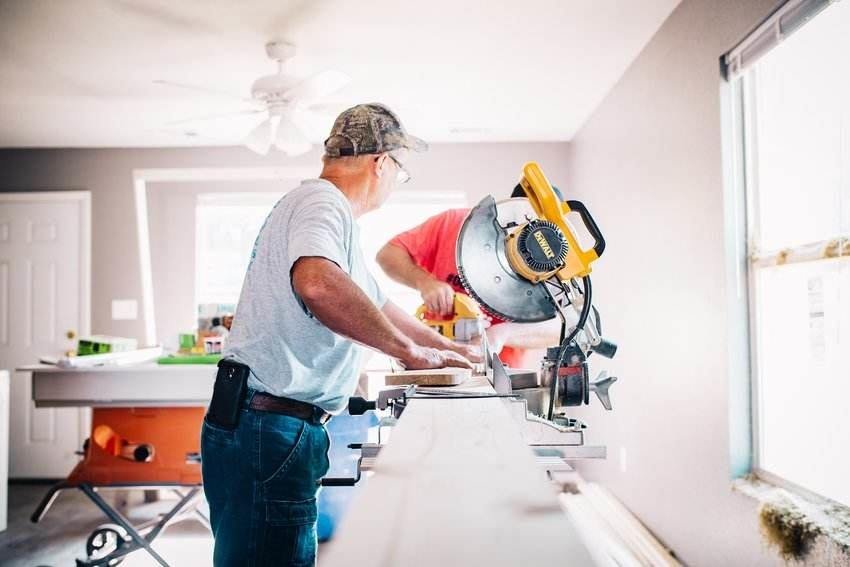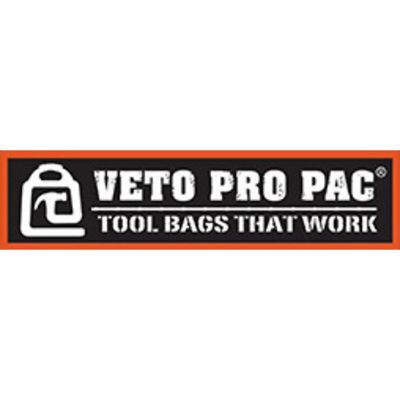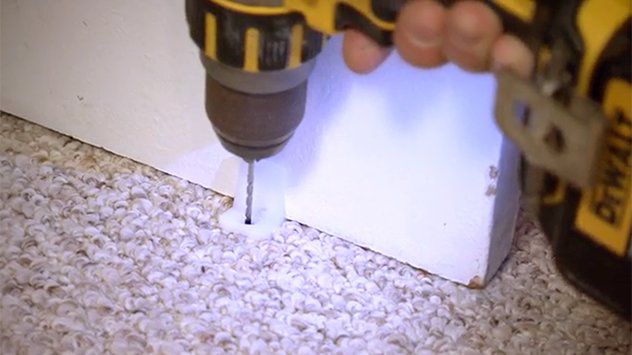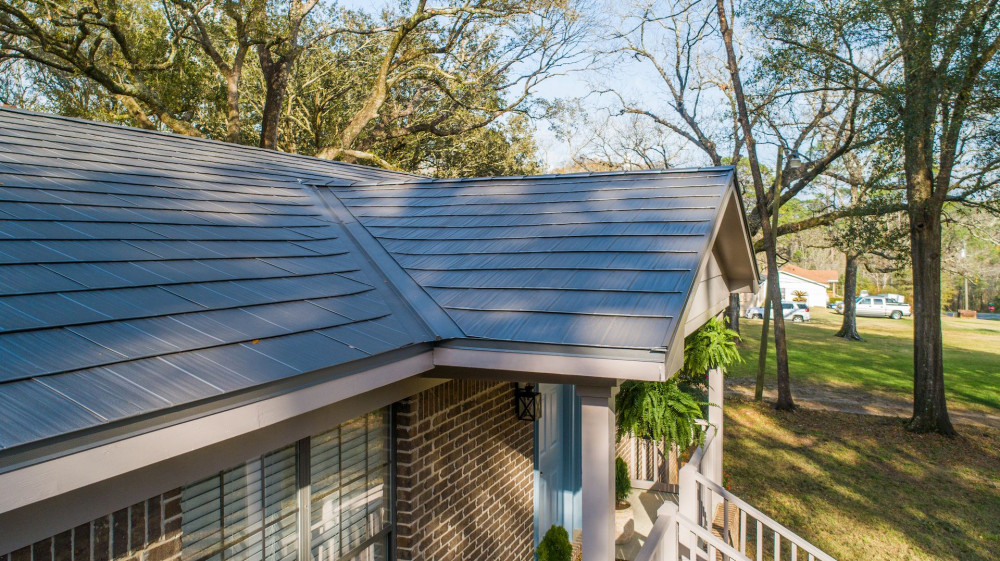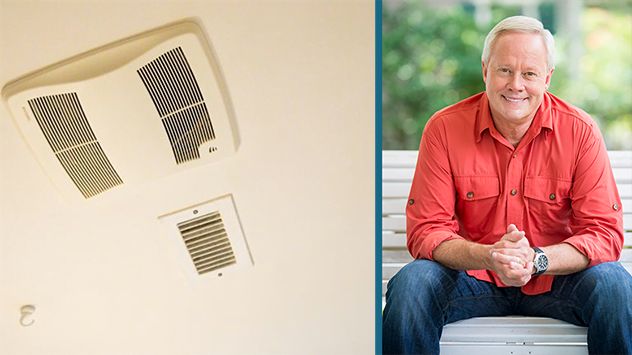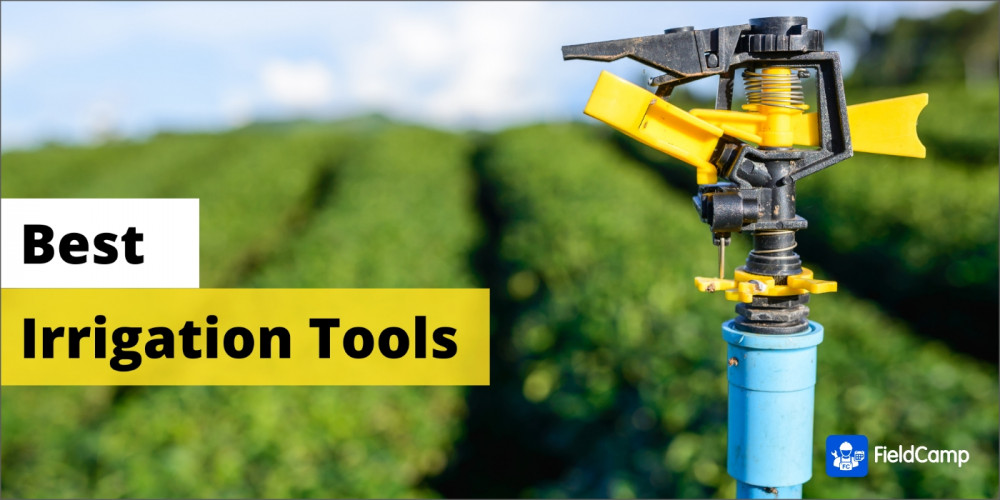Vapor-compression refrigeration is one of the many refrigeration cycles available for use. It has been and is the most widely used method for air-conditioning of large public buildings, private residences, hotels, hospitals, theaters, restaurants and automobiles. It is also used in domestic and commercial refrigerators, large-scale warehouses for storage of foods and meats, refrigerated trucks and railroad cars, and a host of other commercial and industrial services.
The vapor-compression refrigeration system uses a circulating liquid refrigerant as the medium which absorbs and removes heat from the space to be cooled and subsequently rejects that heat elsewhere. All such systems have four components: a compressor, a condenser, an expansion valve (also called a throttle valve), and an evaporator. Circulating refrigerant enters the compressor in the thermodynamic state known as a saturated vapor and is compressed to a higher pressure, resulting in a higher temperature as well. The hot, compressed vapor is then in the thermodynamic state known as a superheated vapor and it is at temperature and pressure at which it can be condensed with typically available cooling water or cooling air. That hot vapor is routed through a condenser where it is cooled and condensed into a liquid by flowing through a coil or tubes with cool water or cool air flowing across the coil or tubes. This is where the circulating refrigerant rejects heat from the system and the rejected heat is carried away by either the water or the air (whatever may be the case).
At point 1 in the diagram, the circulating refrigerant enters the compressor as a saturated vapor. From point 1 to point 2, the vapor is isentropically compressed (i.e., compressed at constant entropy) and exits the compressor as a superheated vapor.
The most common compressors used in chillers are reciprocating, rotary screw, centrifugal, and scroll compressors. Each application prefers one or another due to size, noise, efficiency and pressure issues.
Reciprocating compressors are piston-style, positive displacement compressors.
Rotary screw compressors are also positive displacement compressors. Two meshing screw-rotors rotate in opposite directions, trapping refrigerant vapor, and reducing the volume of the refrigerant along the rotors to the discharge point.
Centrifugal compressors are dynamic compressors. These compressors raise the pressure of the refrigerant by imparting velocity or dynamic energy, using a rotating impeller, and converting it to pressure energy.
Scroll compressors are also positive displacement compressors. The refrigerant is compressed when one spiral orbits around a second stationary spiral, creating smaller and smaller pockets and higher pressures. By the time the refrigerant is discharged, it is fully pressurized.
Rotary vane compressors, oil flooded compressors such as:
- A horizontal or vertical pressure vessel, equipped internally with a demister, between the evaporator and the compressor inlet to capture and remove any residual, entrained liquid in the refrigerant vapor because liquid may damage the compressor. Such pressure vessels are most often referred to as "suction line accumulators". (In other industrial processes they are called "compressor suction drums" or "knockout drums".)
Many systems still use HCFC refrigerants, which contribute to depletion of the Earth's ozone layer. In countries adhering to the Montreal Protocol, HCFCs are due to be phased out and are largely being replaced by ozone-friendly HFCs. However, systems using HFC refrigerants tend to be slightly less efficient than systems using HCFCs. HFCs also have an extremely large global warming potential (GWP) because they remain in the atmosphere for many years and trap heat more effectively than carbon dioxide.
